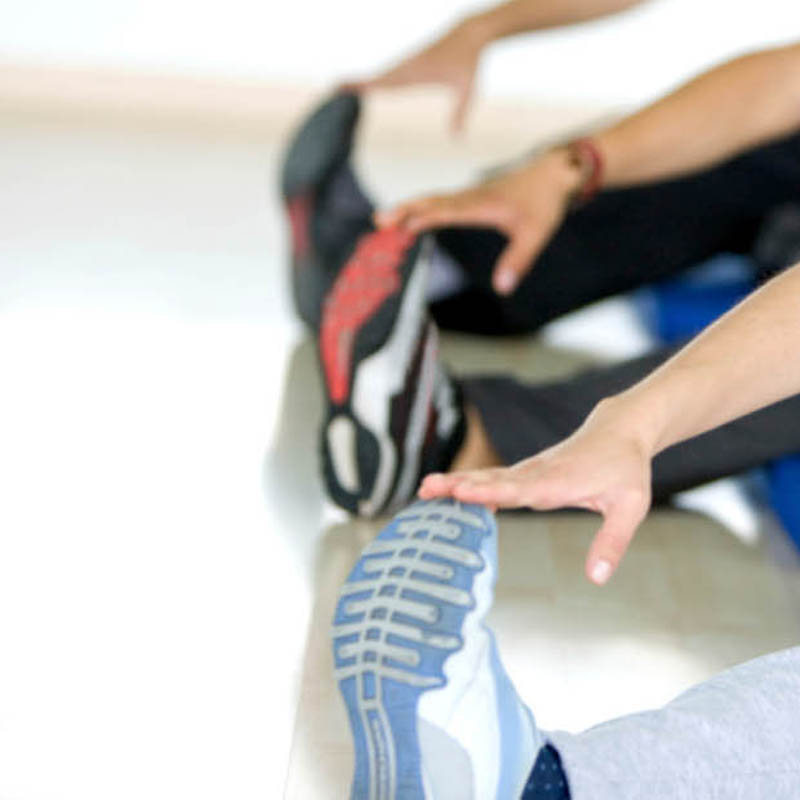Exercise can often help relieve the symptoms of MS, or multiple sclerosis. However, it’s crucial to take certain safety measures if you want to be successful incorporating an exercise program into your lifestyle. The important thing to keep in mind is to perform any exercise in moderation.
It’s likely you’ve heard the phrase “no pain, no gain.” While that approach may work for some people, it doesn’t apply to people with MS. By overdoing it, you may end up putting unnecessary strain on an already compromised muscular system, get overtired, cause both your mind and body to get overstressed, and increase your pain as well.
Exercising and MS
Ideally, your overall exercise program should involve stretching, moderate aerobic exercise to increase your endurance level, and strength training exercises.
1. Stretching
Improving muscle flexibility is key in terms of maintaining your ability to successfully perform everyday tasks and to also prevent the risk of injuries.
- Stretch out your muscles for a minimum of 10 minutes every day.
- Only stretch after you’ve performed a 10 minute warm-up in order to prevent injuries due to stretching out cold muscles. Also, be sure to stretch out after you’re done exercising.
- Slowly stretch your muscles, holding each one for about a minute. Make sure you target all your major muscle groups. Both tai chi and yoga include a number of good exercises for stretching.
2. Performing Aerobic Activity
Aerobic activity is basically any activity that elevates your heart rate for a certain amount of time. For people with MS, some good choices include walking, cycling, water aerobics, and swimming. Also, you may wish to use stationary equipment such as a treadmill or a stationary bike.
- If you’re a beginner, slowly increase your aerobic exercises over time. Start out working with shorter time periods and gradually work your way up to where you feel most comfortable.
- Experts suggest setting a goal of 150 minutes in total over the course of a week for moderate-impact aerobic activity.
- If your time is somewhat limited, you may choose to perform 10 minute intervals of exercise throughout the day.
- If you can talk and still perform moderate-impact aerobic exercise, then you’re doing the exercises correctly. You should be sweating and breathing heavier than usual, but not feeling like it’s too much for you to handle.
- Check your pulse and heart rate to ensure you’re that doing moderate-impact aerobic exercises correctly.
3. Incorporate Strength Training
Strength training, or resistance training, refers to any type of activity that makes your muscles work against another weight or force. This action helps improve and maintain your overall muscle strength. You can choose to perform strength training exercises using weights, including light hand weights or wrist-cuff weights, or with elastic resistance bands or even soup cans.
- Perform strength training exercises a minimum of twice per week.
- Perform various exercises to improve your strength by targeting all your major muscle groups including your abdomen, legs, back, hips, arms, shoulders, and chest.
- Perform core strength exercises in order to strengthen your back, stomach, and the muscles that surround your pelvis. Yoga and Pilates include a variety of core strength training exercises.
If you prefer to exercise in the comfort of your own home, there are many available equipment options that include free weights, exercise balls, and simple exercise bands. For more expensive and complicated equipment, you can use electrical stimulation cycles or wheelchair rollers.

